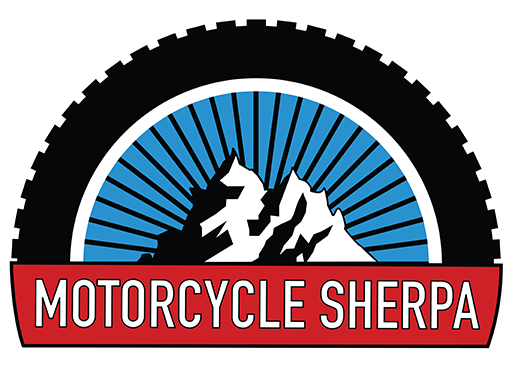
The Evolution of Adventure Motorcycling: From the 1900s to the Dakar Rally
Share
Motorcycles have long been more than just a means of transportation; they represent freedom, exploration, and the thrill of the open road. This is especially true for adventure motorcycling, a niche that has evolved dramatically over the past century. From its humble beginnings with motorized bicycles to the extreme challenges of the Dakar Rally, the journey of adventure motorcycling is a fascinating tale of innovation, endurance, and human spirit.

Early Days: The Dawn of Motorized Exploration
In the early 1900s, motorcycles were still a relatively new invention. As seen with the history of Royal Enfield, early models were often adaptations of bicycles, featuring engines attached to frames. These rudimentary machines, while not designed for rugged terrain, opened up new possibilities for exploration. The 1000 Mile Trial, mentioned in the Royal Enfield history, showcased the potential of motorized transport and helped to convince people of its functionality.
1901: The Inaugural Motorcycle
Smith and Jules Cobiet designed and produced Enfield's first motorcycle, which more closely resembled a motorized bicycle than a motorcycle as we know them today. This marks a significant moment in the history of motorcycling, laying the foundation for future developments.
World Wars and Technological Advancements
The World Wars played a significant role in advancing motorcycle technology. Companies like Enfield produced a large number of motorcycles for military use, including the iconic Flying Flea, which could be dropped behind enemy lines with paratroopers. These wartime experiences pushed manufacturers to develop more robust and reliable machines, which would later benefit civilian riders.

The 1940s and Post-War Era
After World War II, Enfield returned its focus to the Bullet, debuting a 350cc model in 1948. This period saw the beginning of a shift towards more specialized models with features designed for specific purposes, including off-road riding.
The Rise of Adventure Touring
In the mid-20th century, as roads improved and travel became more accessible, people began using motorcycles for longer journeys. This led to the development of adventure touring bikes, which combined the comfort of touring motorcycles with the off-road capabilities of trail bikes. These bikes were designed to handle a variety of terrains, making them ideal for exploring remote areas.
The 1960s and 1970s
Models like the Continental GT café racer from Royal Enfield showcased the evolving designs and capabilities of motorcycles. While not strictly an adventure bike, it demonstrated the growing interest in performance and style, which would influence future adventure models.

The Dakar Rally: The Ultimate Adventure
The Dakar Rally, originally known as the Paris-Dakar Rally, began in 1978 and quickly became the ultimate test of man and machine. This grueling off-road race covers thousands of kilometers across challenging terrain, including deserts, mountains, and rocky trails. The Dakar Rally pushed motorcycle manufacturers to develop specialized machines capable of withstanding extreme conditions.
The Challenge of the Dakar
The Dakar Rally is not just a race; it is an adventure that tests the limits of endurance, skill, and technology. The motorcycles used in the Dakar are highly modified, featuring long-travel suspension, powerful engines, and navigational equipment. This event has significantly influenced the design of modern adventure motorcycles, inspiring features that enhance off-road performance and durability.
Modern Adventure Motorcycling
Today, adventure motorcycling is more popular than ever. Modern adventure bikes are versatile machines capable of handling everything from long highway rides to challenging off-road trails. They are equipped with advanced technology, including electronic rider aids, GPS navigation, and comfortable ergonomics.


